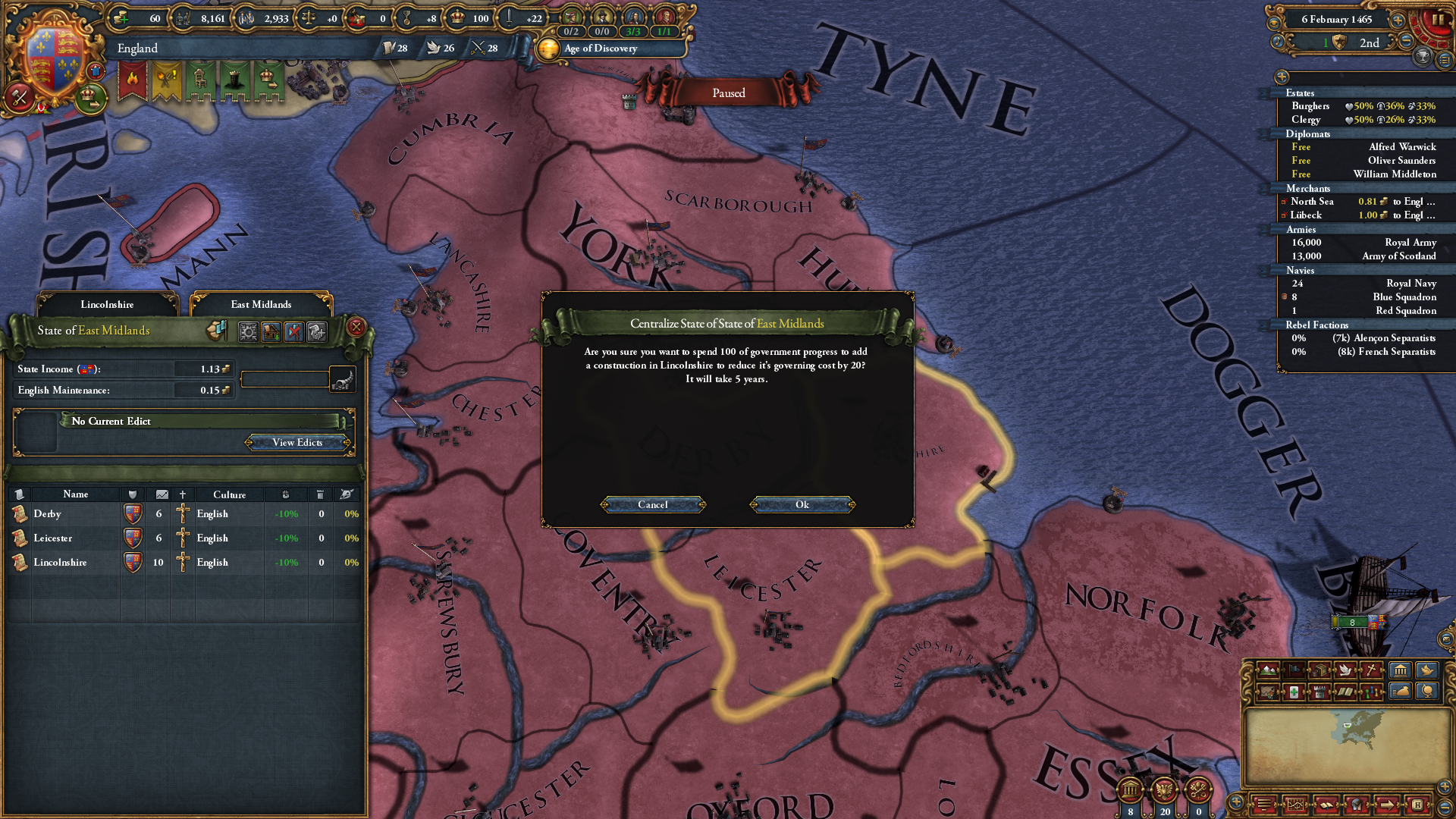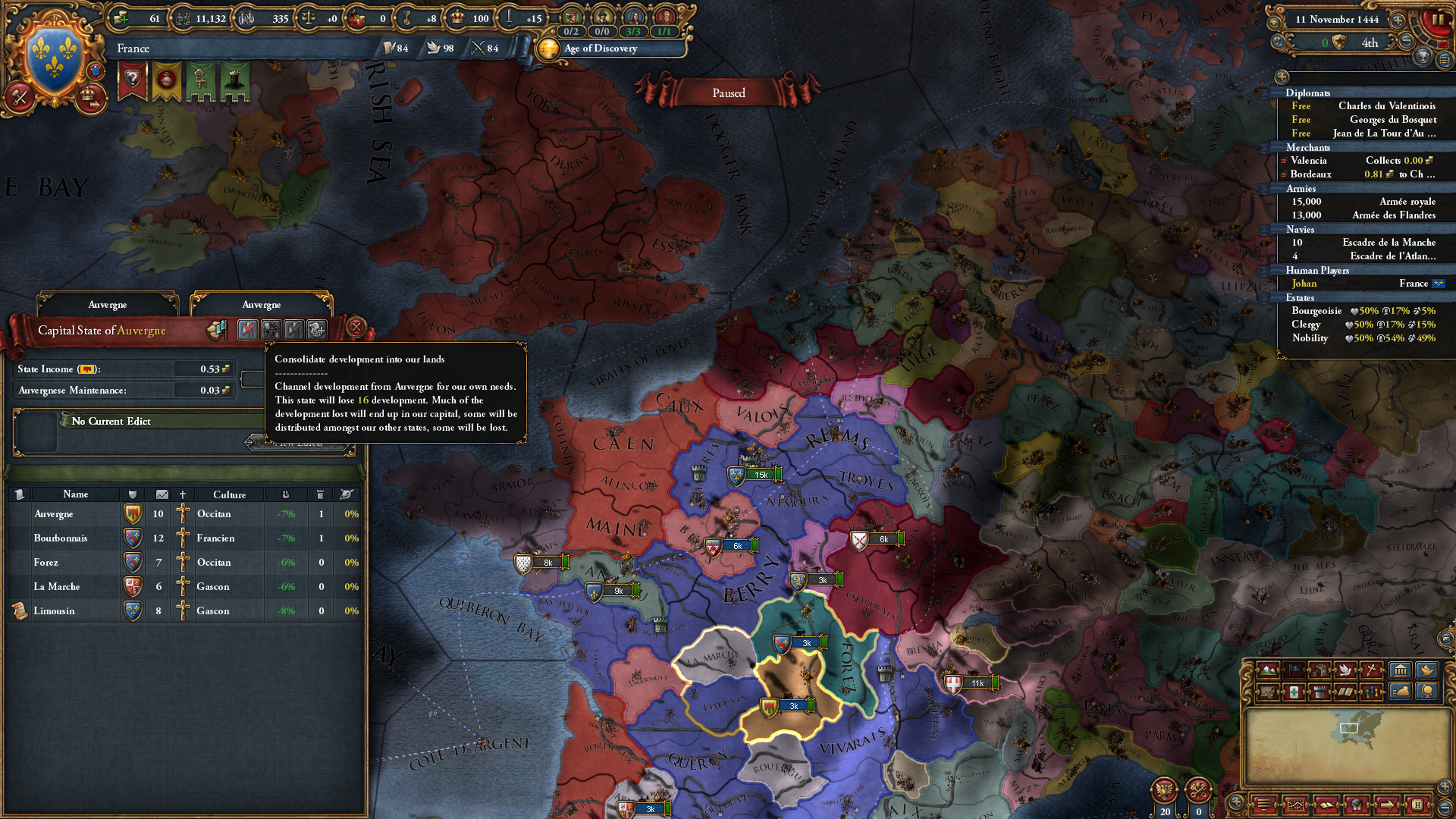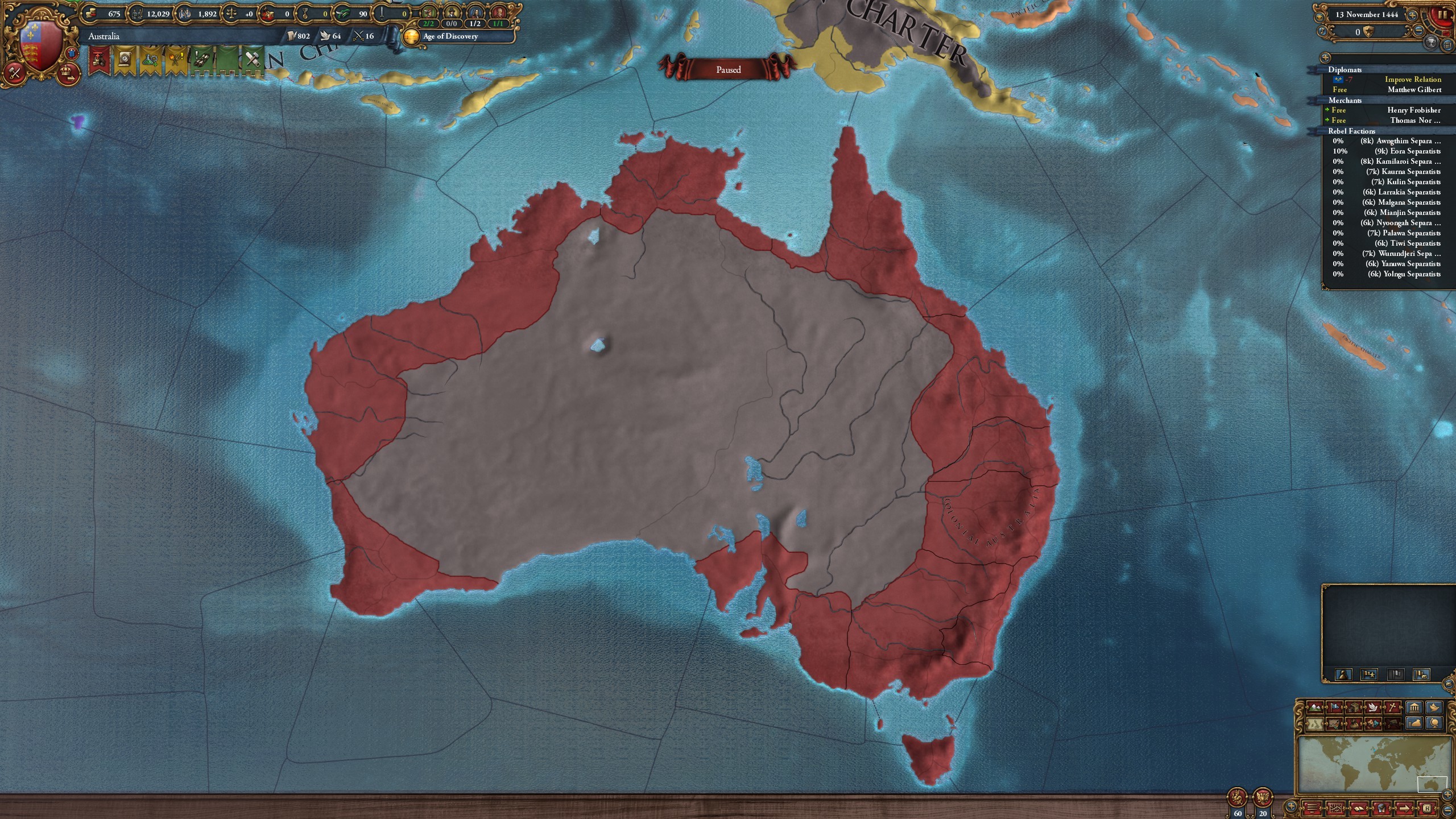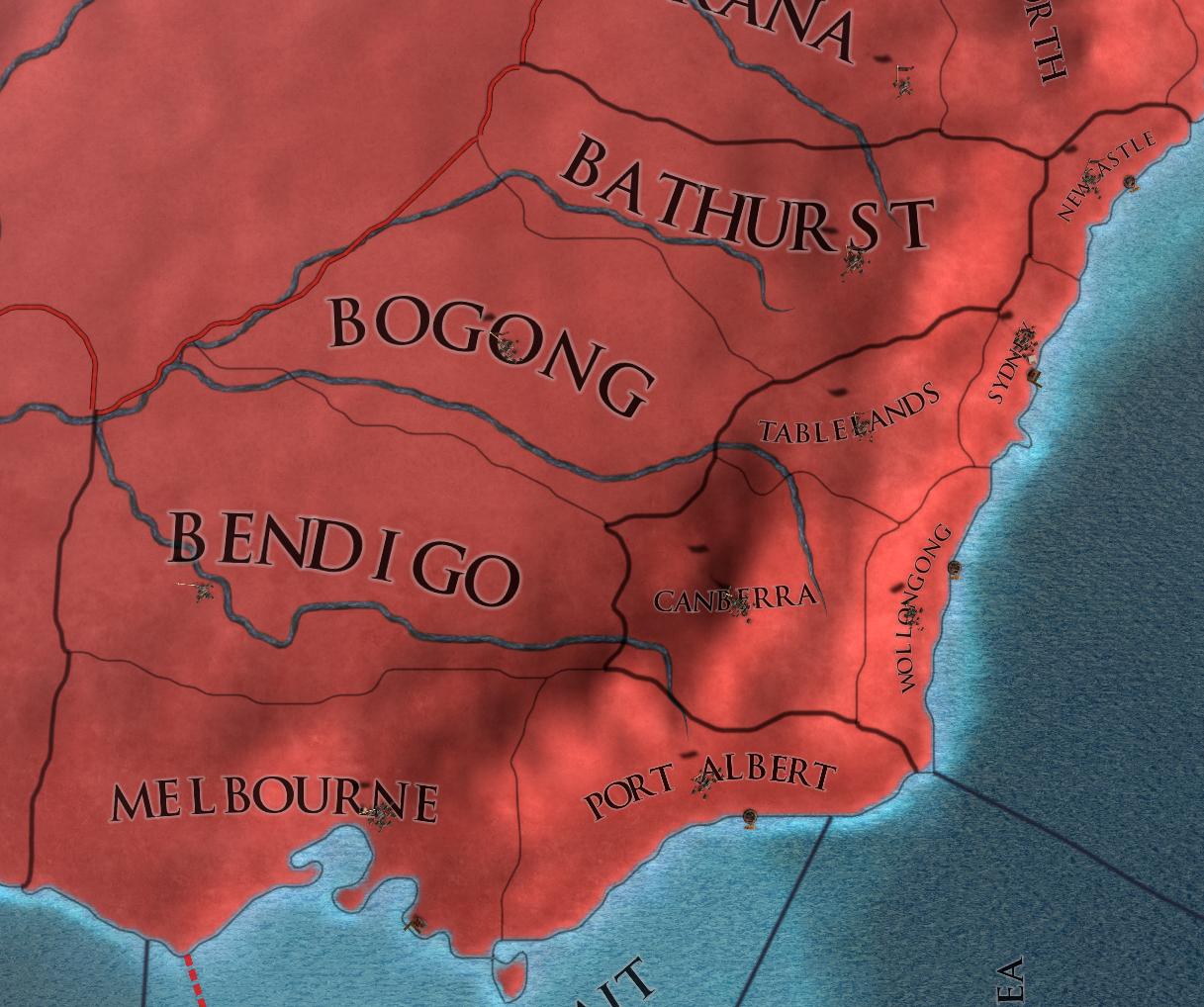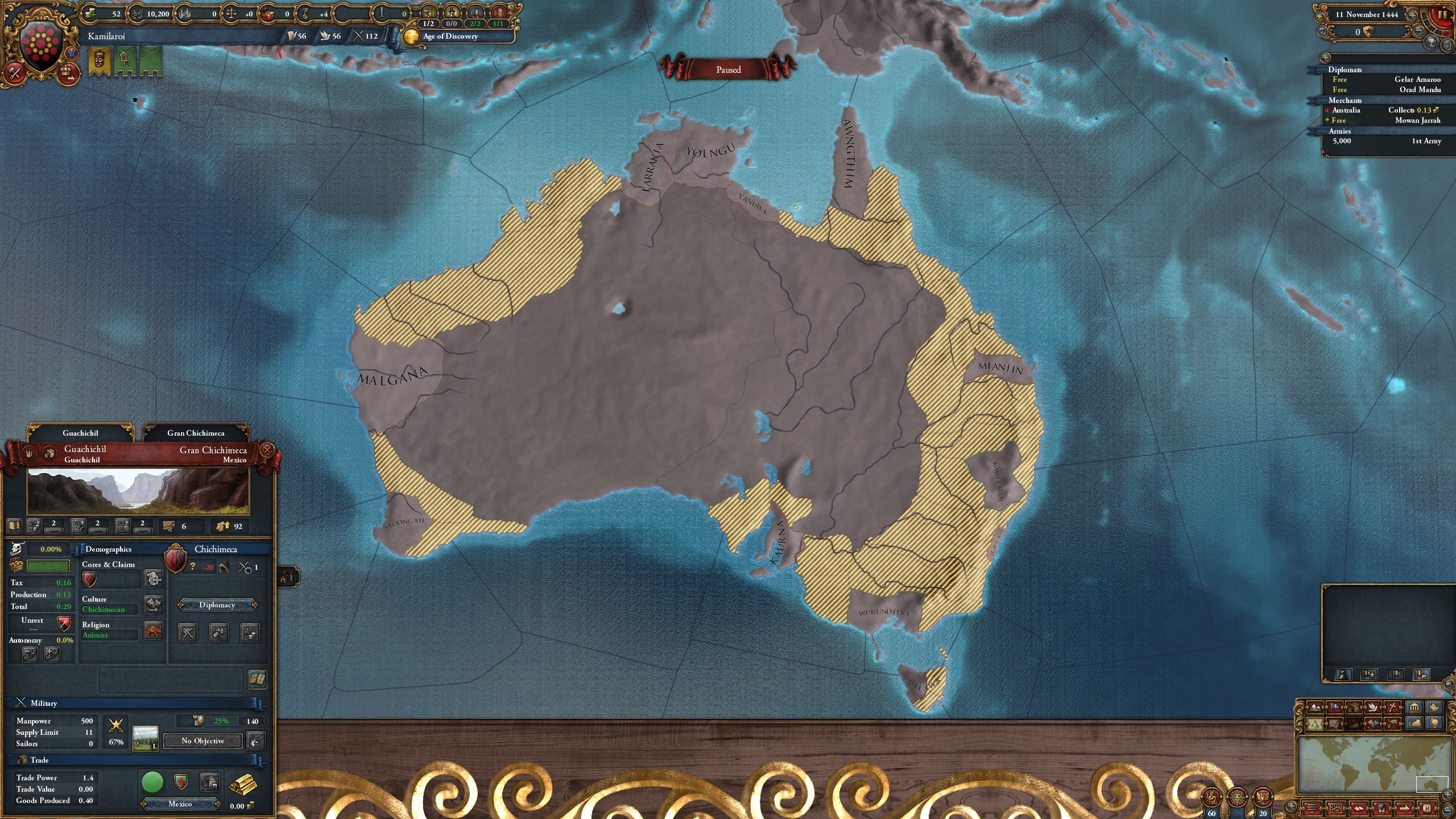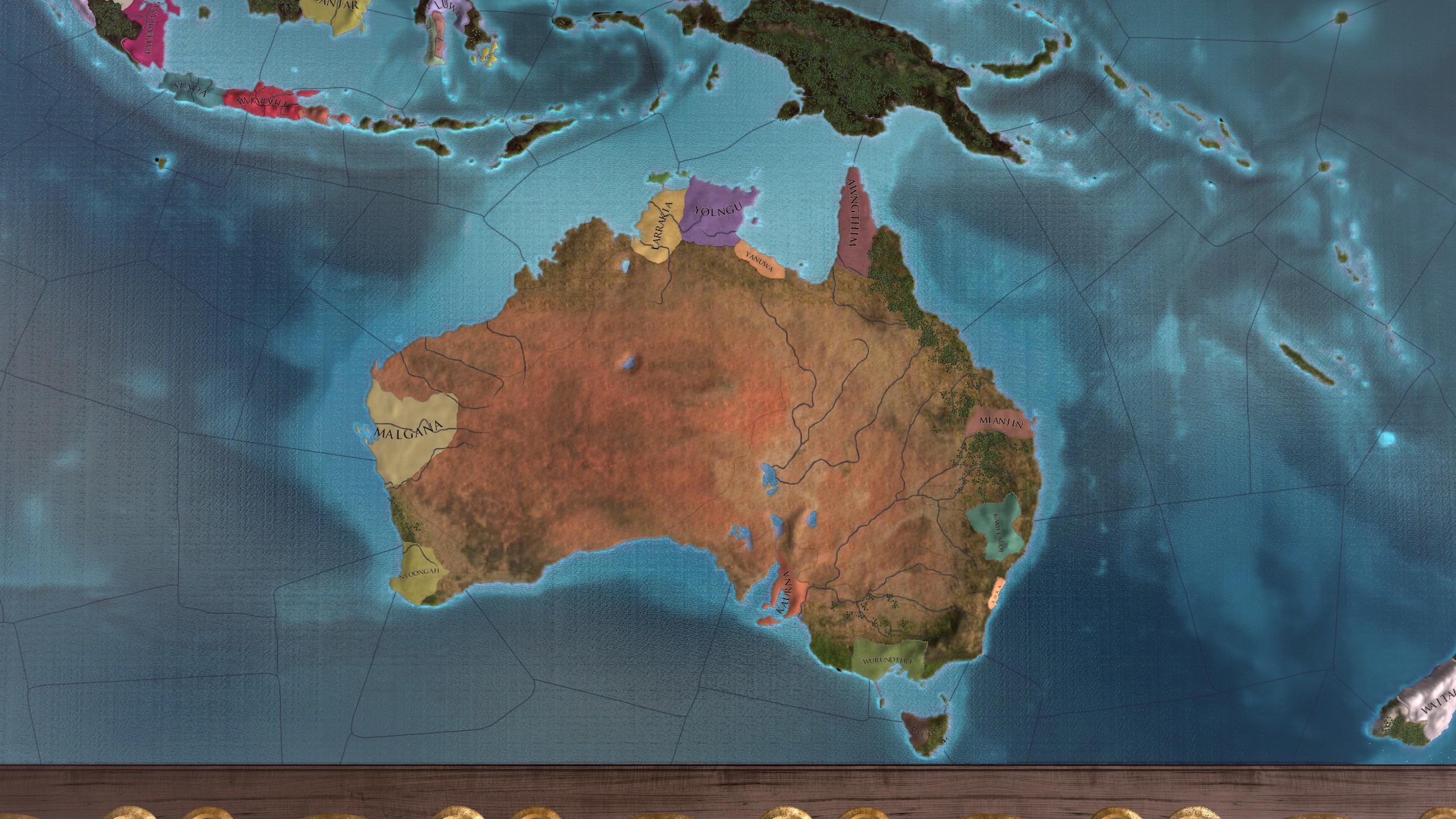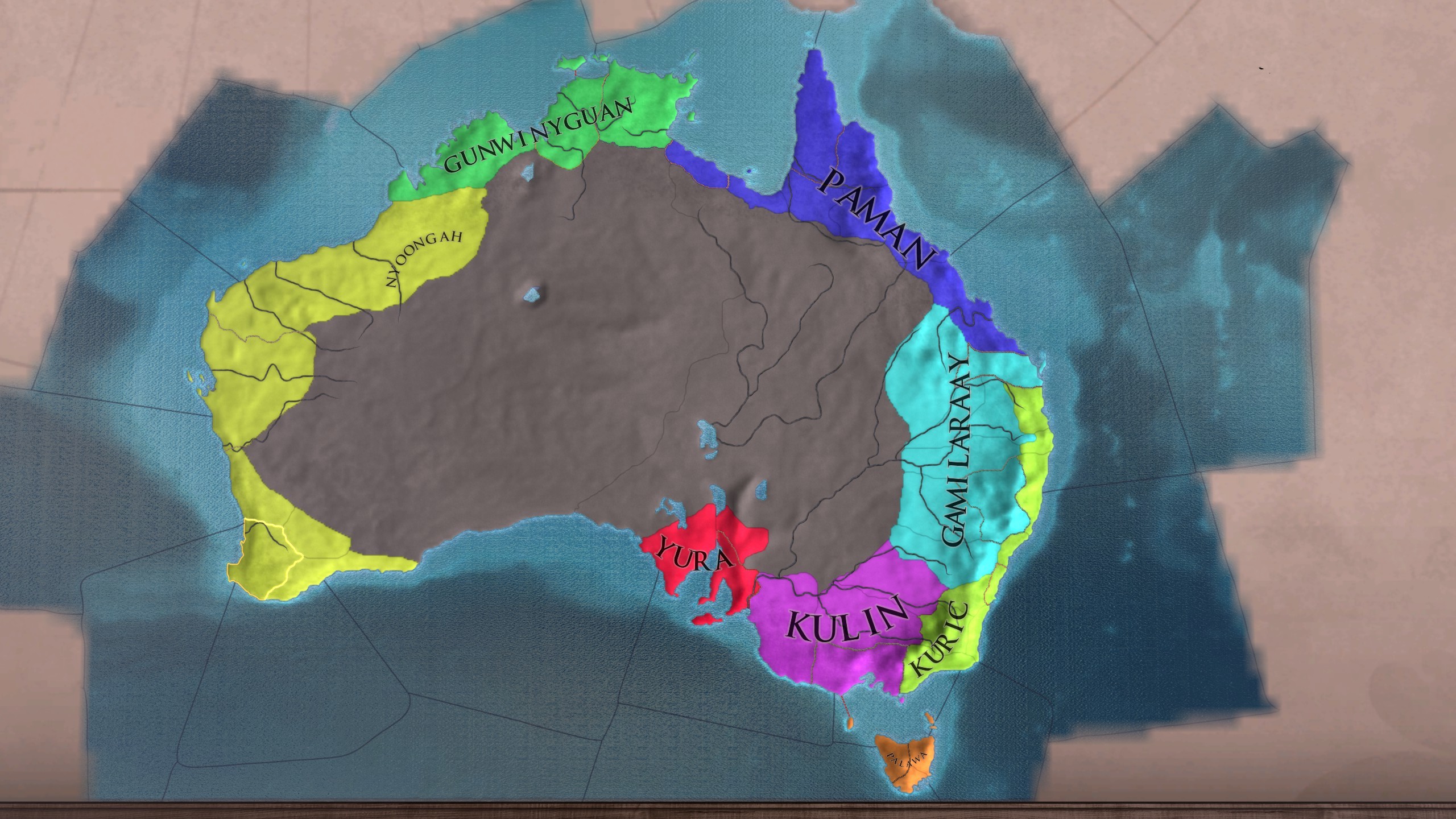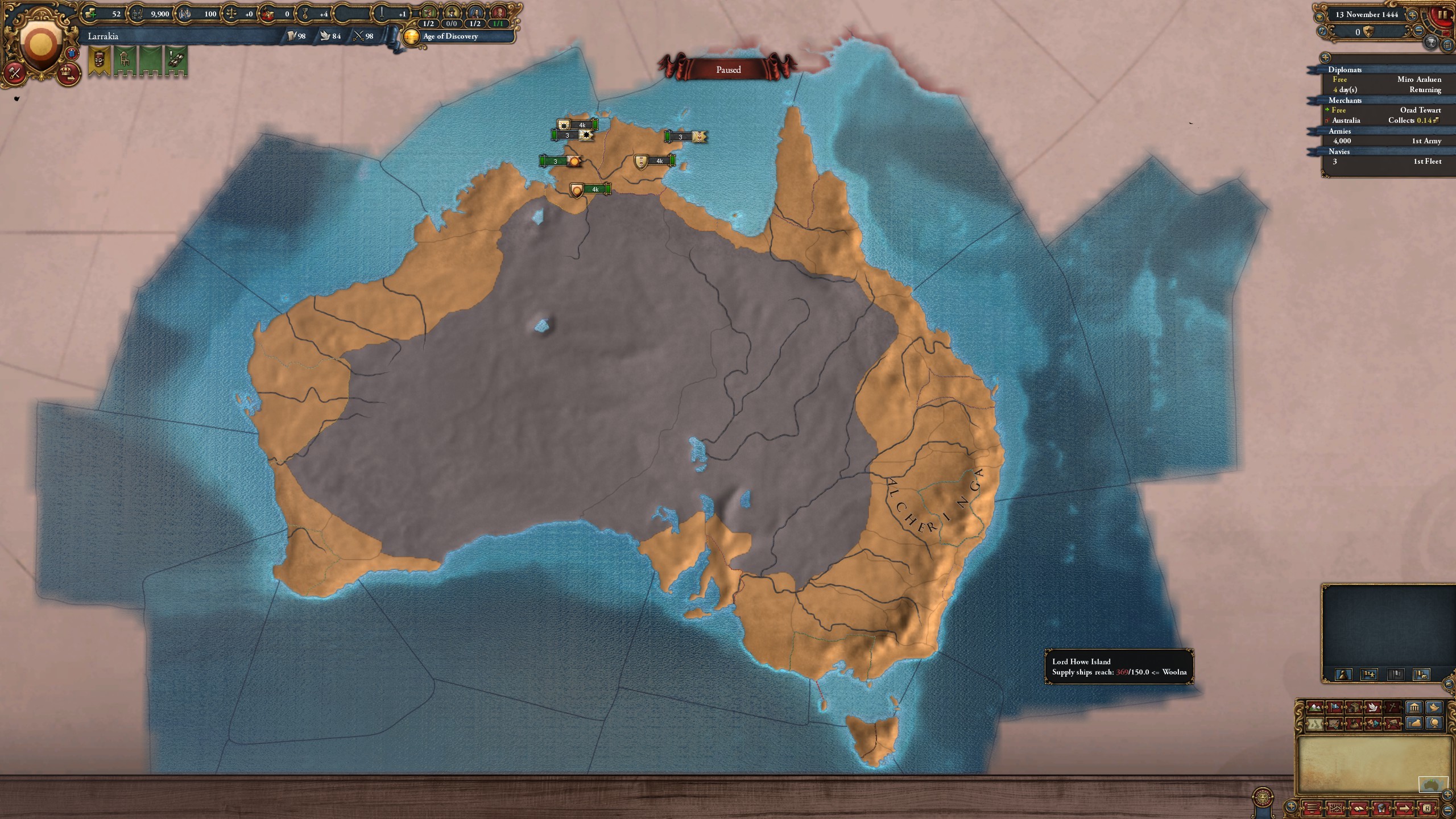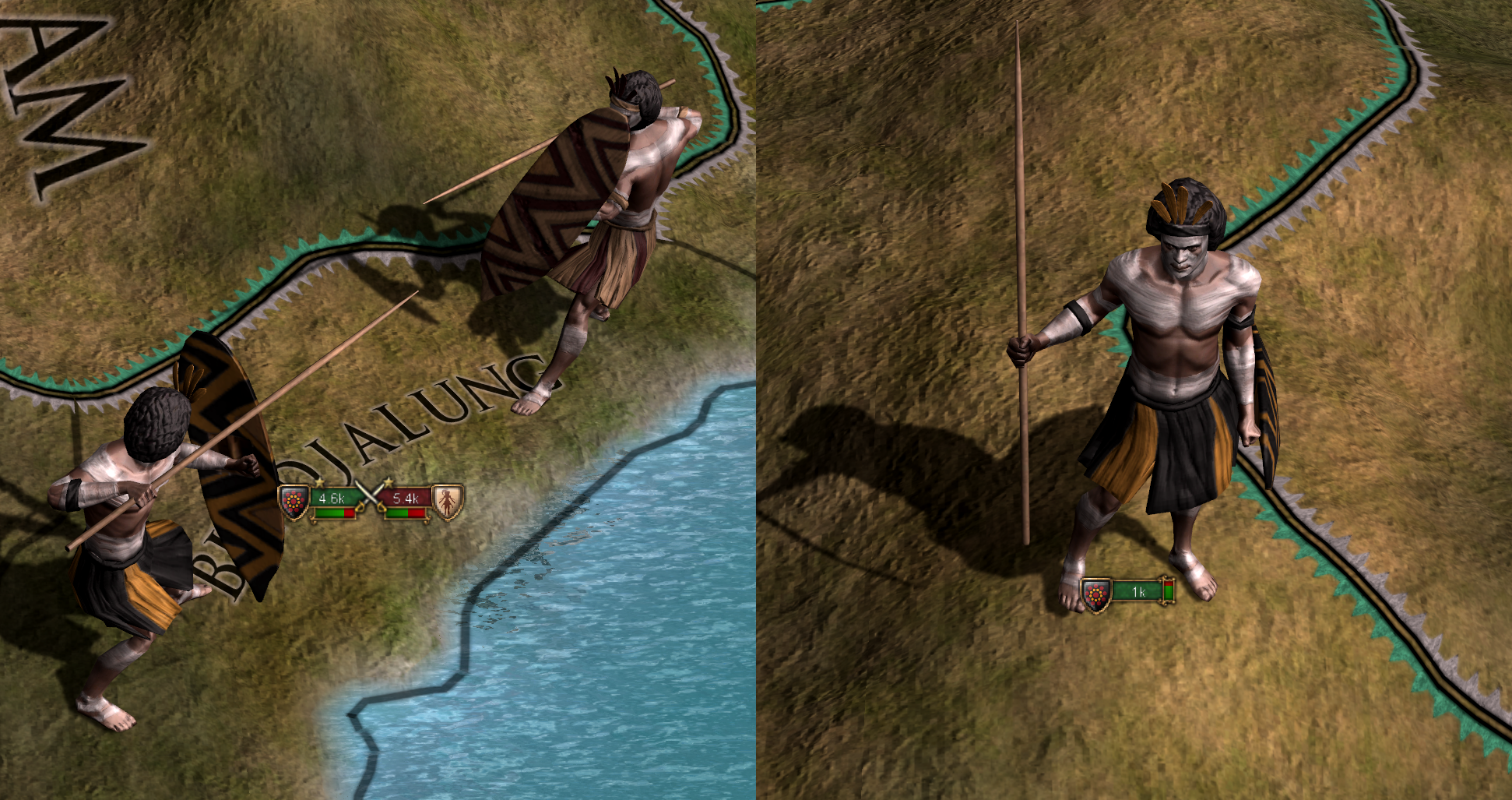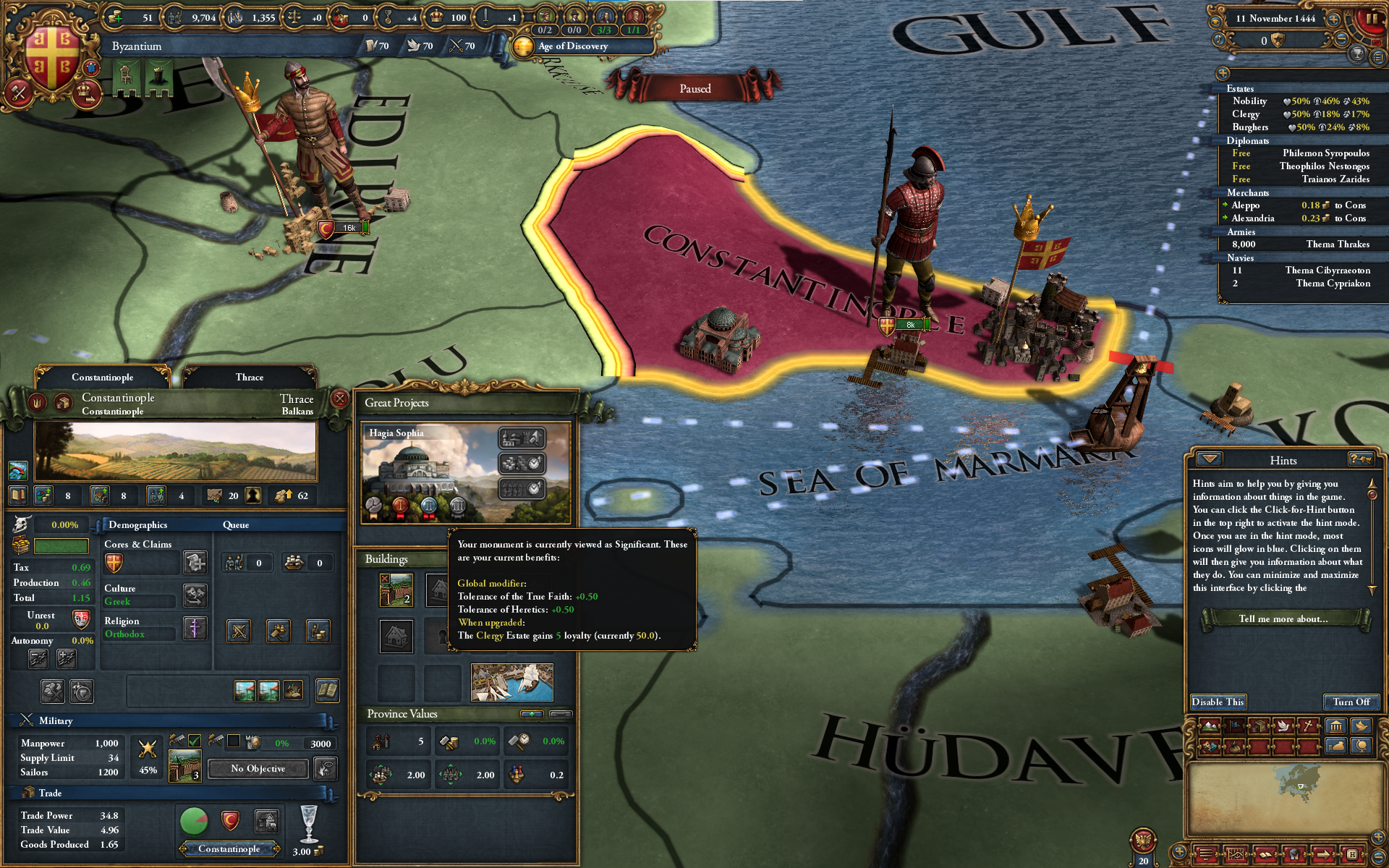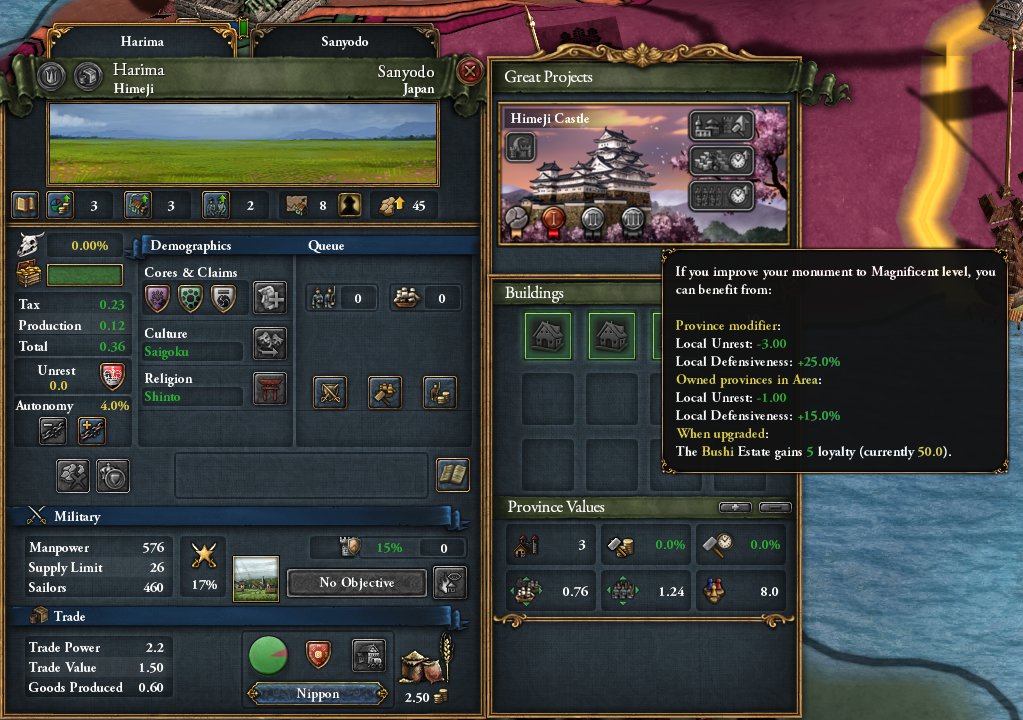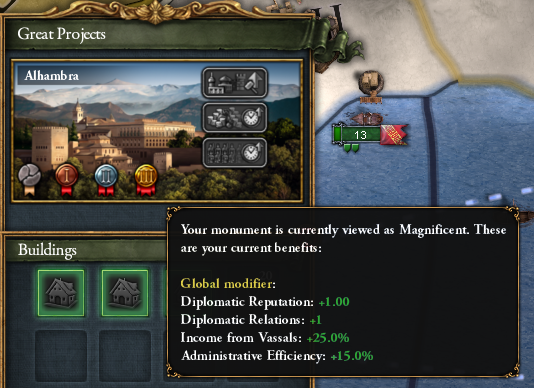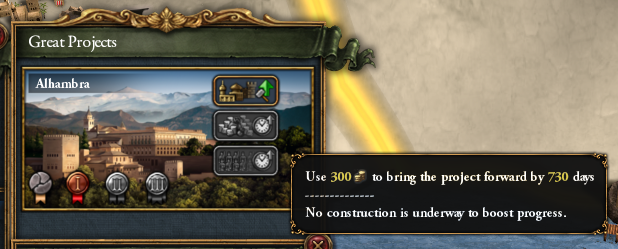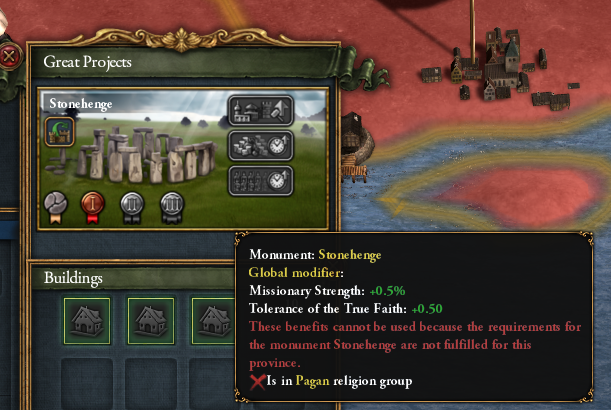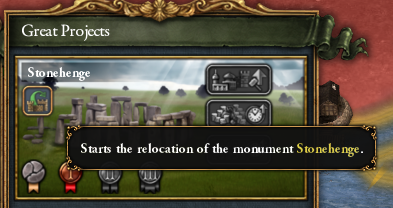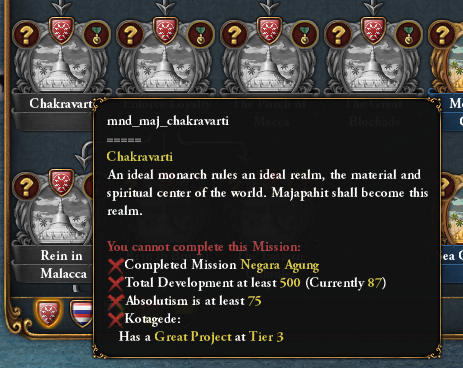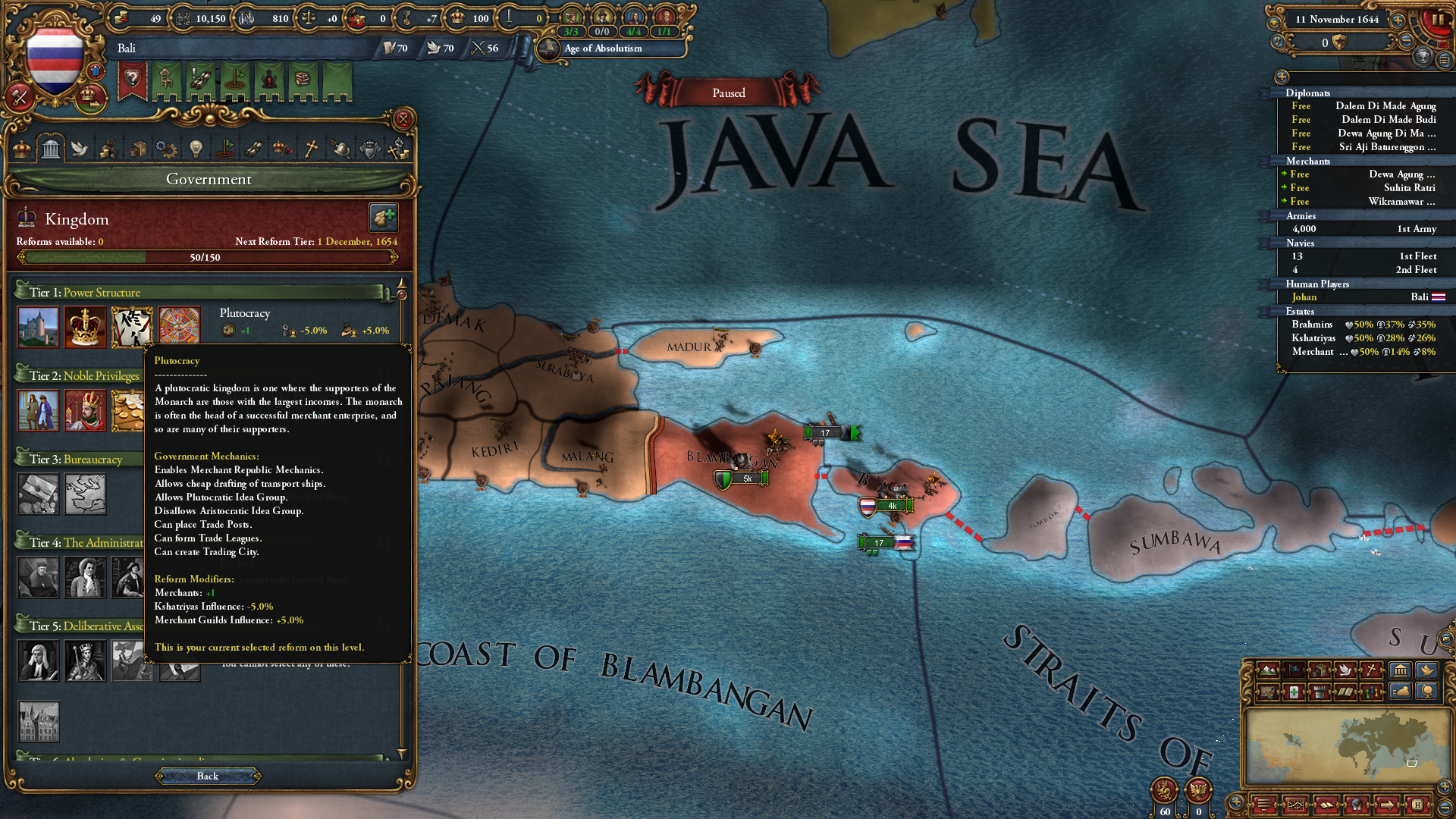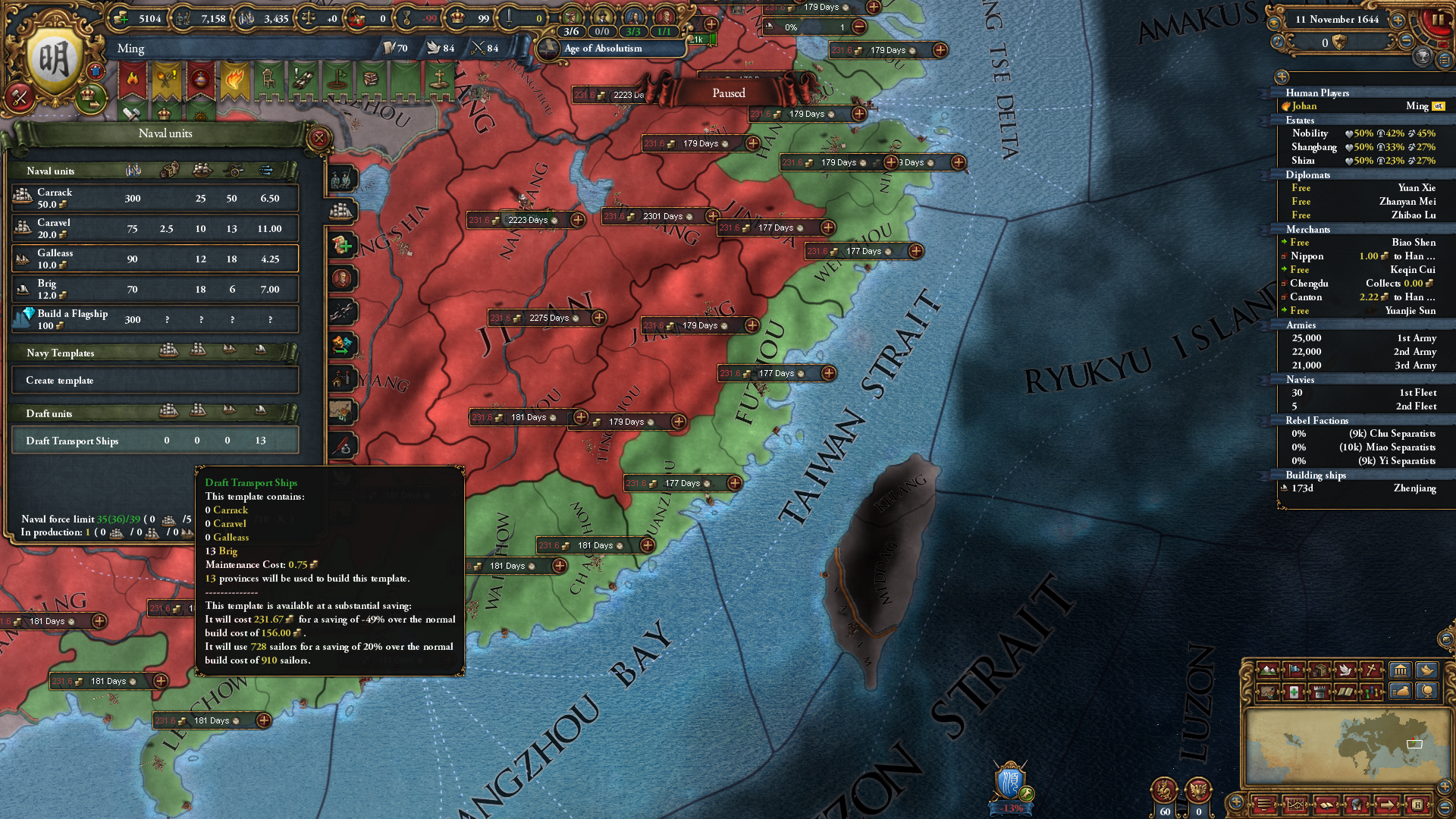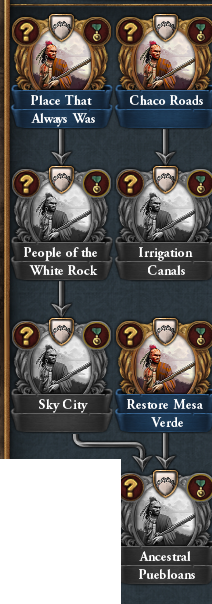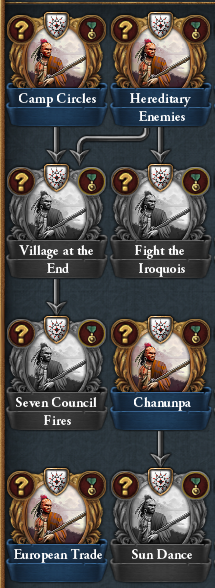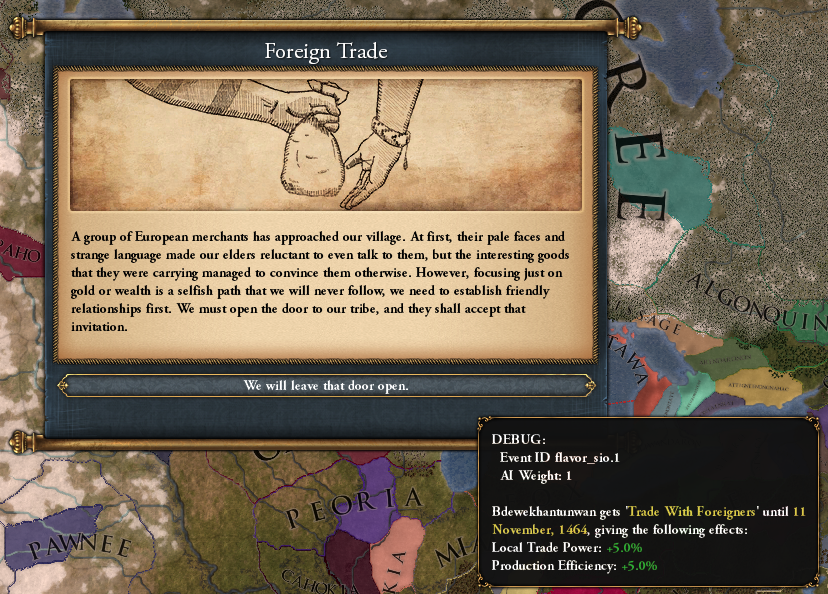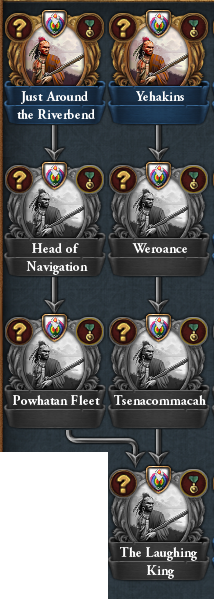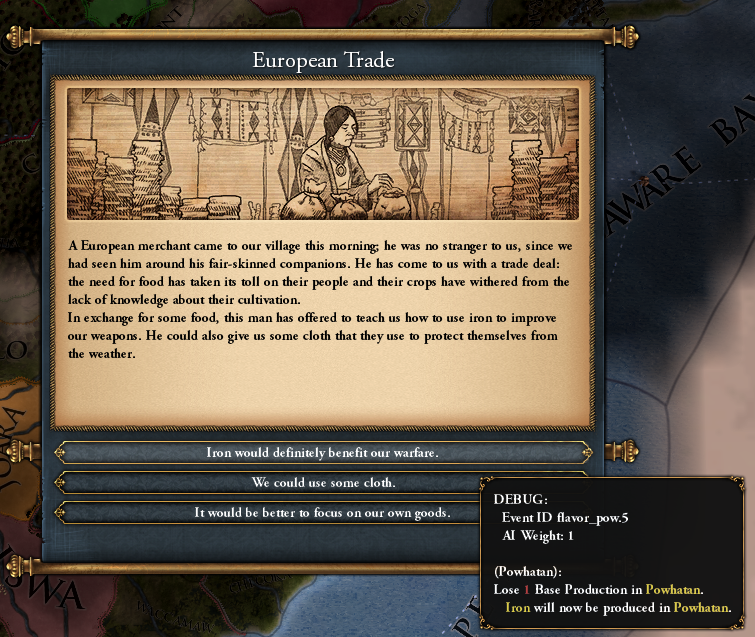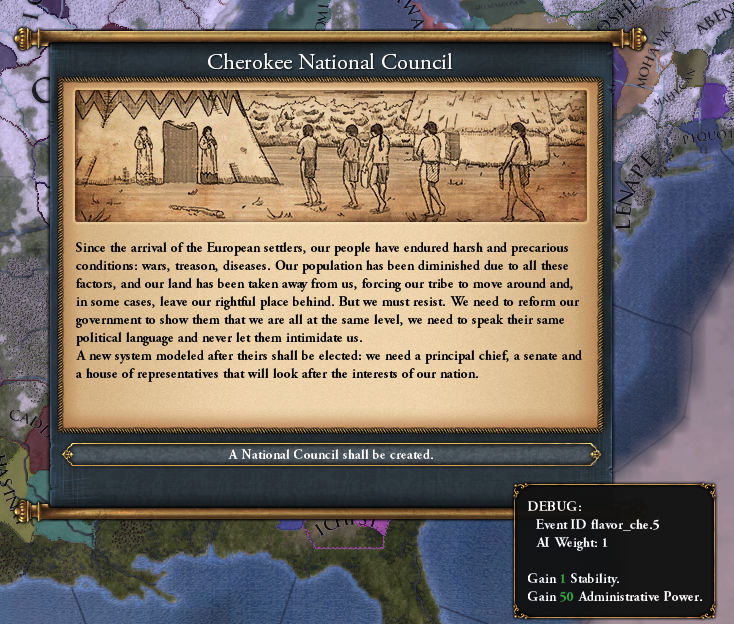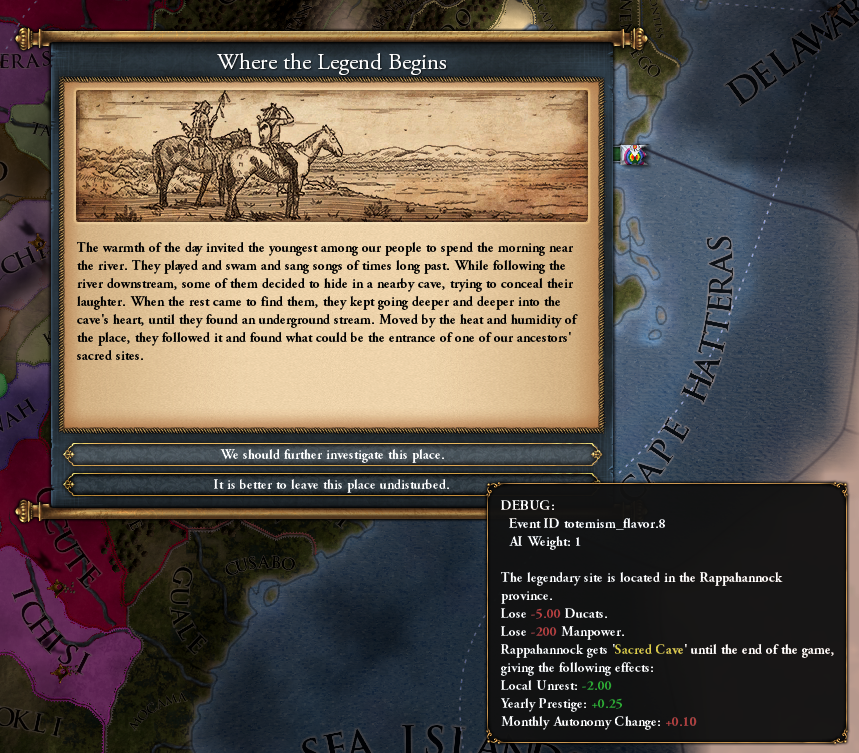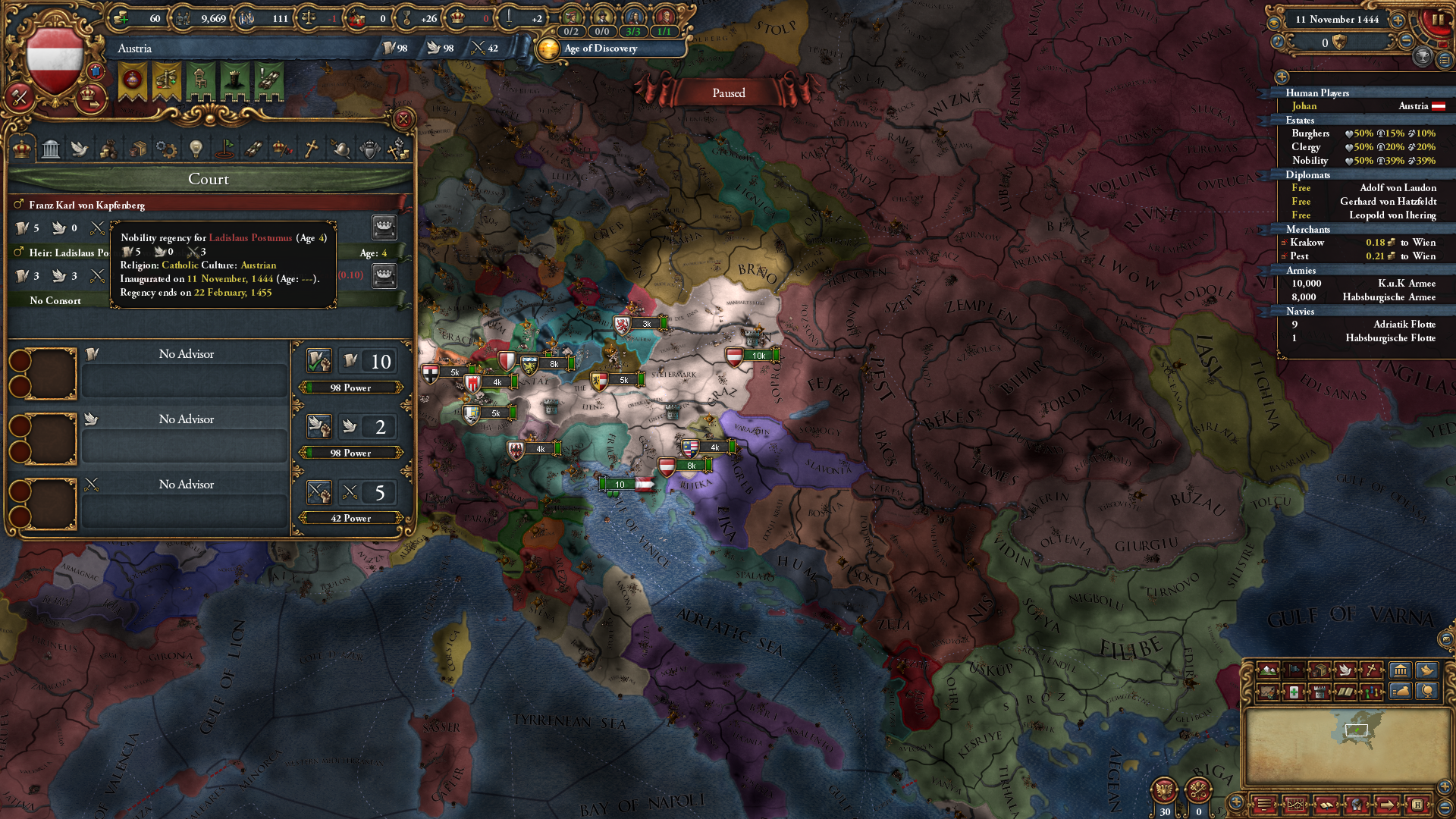
Mar 9, 2021
Europa Universalis IV - MagnusPDX
Click here to discuss on the Forums
Hello everyone and welcome to another development diary for Europa Universalis IV. Today we’ll be talking a little bit about how colonial nations are evolving with Leviathan.
When a colony nation is formed you can pick what kind of colony this will be. This type of colony can then be upgraded for a cost for the overlord and a change of liberty desire for the subject. You can always change a colony to become another type of colony, but that will increase their liberty desire.
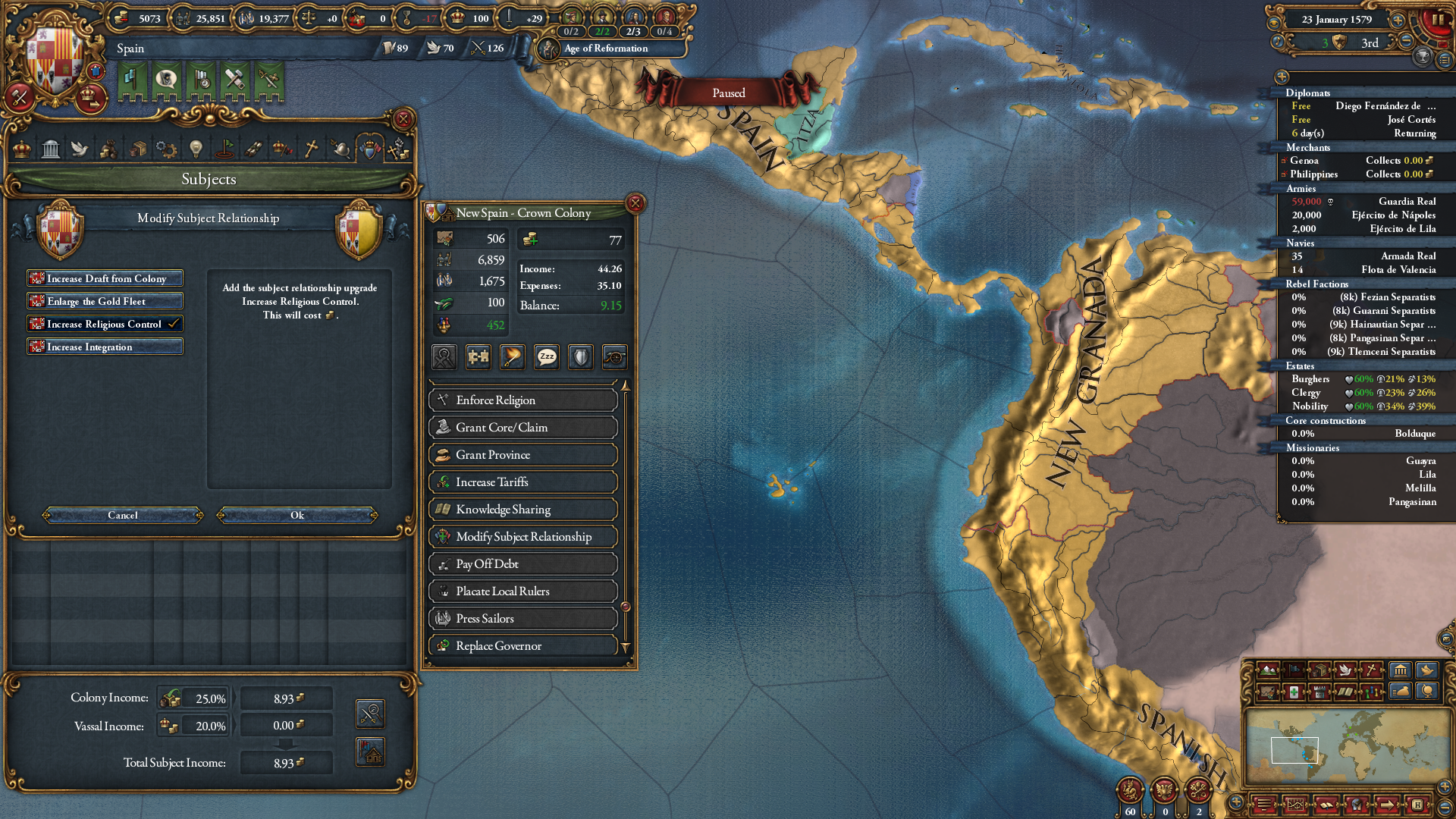
Crown Colony
This type of colony is for areas you want to have most control over, where liberty desire should be lowest.
+5 Land Forcelimit for Overlord & -5 Land Forcelimit for Subject
Enlarge the Gold Fleet (+10 Liberty Desire)
+20% Treasure Fleet Income for overlord
Increase Religious Control (+10 Liberty Desire)
+1% Missionary Strength & -1 Heathen Tolerance for Subject
Increase Integration (-10 Liberty Desire)
-10 Liberty Desire for Subject & TBD for Overlord
Private Enterprise
This is the colony type you want to have when you want to maximize profits, where you want the colony to providea strong navy and control trade.
+2% Trade Power for Overlord, and -10% Trade Power for Subject
Encourage Cash Crops (+10 Liberty Desire)
Increases likelihood of cash-crop goods to appear for subjects new colonies.
Increase Navies from Colony (+10 Liberty Desire)
+5 Naval Forcelimit for Overlord & -5 Naval Forcelimit for Subject
Increase the Gold Tax (+10 Liberty Desire)
Effects TBD
Self-Governing Colony
This is the colony type that will expand and develop fastest, but they will have the highest liberty desire, and the perks you can give them are not beneficial directly to you.
+5% more trade power for subject.
Allow Autonomous Taxing (-5 Liberty Desire)
+5% more tax for subject
Allow Autonomous Militias (-5 Liberty Desire)
+5% more manpower for subject
Allow Autonomous Navy (-5 Liberty Desire)
+10% more Sailors for Subject
There are also different events happening depending on which colonial type your colony is.

We are not just adding new features and polishing them, for 1.31 there is also currently over 500 different older bugs that has been fixed so far, and we have been busy tweaking and improving the interface as well.
Some of the UI improvements include.
- Alert for Inactive Merchants
- Alert for when one of your coasts are being invaded by an army.
- When you view rebels in the stability view, the locations will revolt risk for that rebel will highlight on then map.
Now we are taking a small hiatus from development diaries, until we are back to talk about diplomacy by the end of March.
Hello everyone and welcome to another development diary for Europa Universalis IV. Today we’ll be talking a little bit about how colonial nations are evolving with Leviathan.
When a colony nation is formed you can pick what kind of colony this will be. This type of colony can then be upgraded for a cost for the overlord and a change of liberty desire for the subject. You can always change a colony to become another type of colony, but that will increase their liberty desire.

Crown Colony
This type of colony is for areas you want to have most control over, where liberty desire should be lowest.
- global_autonomy = -0.05
- recover_army_morale_speed = 0.02
- embracement_cost = -0.1
- governing_capacity = 100
- global_autonomy = -0.05
- global_colonial_growth = 10
+5 Land Forcelimit for Overlord & -5 Land Forcelimit for Subject
Enlarge the Gold Fleet (+10 Liberty Desire)
+20% Treasure Fleet Income for overlord
Increase Religious Control (+10 Liberty Desire)
+1% Missionary Strength & -1 Heathen Tolerance for Subject
Increase Integration (-10 Liberty Desire)
-10 Liberty Desire for Subject & TBD for Overlord
Private Enterprise
This is the colony type you want to have when you want to maximize profits, where you want the colony to providea strong navy and control trade.
- global_ship_trade_power = 0.2
- embracement_cost = -0.1
- merchants = 1
- production_efficiency = 0.05
- global_ship_trade_power = 0.2
- global_trade_goods_size_modifier = 0.2
- naval_tradition_from_trade = 0.1
- ship_power_propagation = 0.1
- 5% less Tariffs for Overlord
+2% Trade Power for Overlord, and -10% Trade Power for Subject
Encourage Cash Crops (+10 Liberty Desire)
Increases likelihood of cash-crop goods to appear for subjects new colonies.
Increase Navies from Colony (+10 Liberty Desire)
+5 Naval Forcelimit for Overlord & -5 Naval Forcelimit for Subject
Increase the Gold Tax (+10 Liberty Desire)
Effects TBD
Self-Governing Colony
This is the colony type that will expand and develop fastest, but they will have the highest liberty desire, and the perks you can give them are not beneficial directly to you.
- global_ship_trade_power = 0.2
- embracement_cost = -0.1
- merchants = 1
- production_efficiency = 0.05
- colonists = 1
- development_cost = -0.15
- liberty_desire = 25
- 10% less Tariffs for Overlord
+5% more trade power for subject.
Allow Autonomous Taxing (-5 Liberty Desire)
+5% more tax for subject
Allow Autonomous Militias (-5 Liberty Desire)
+5% more manpower for subject
Allow Autonomous Navy (-5 Liberty Desire)
+10% more Sailors for Subject
There are also different events happening depending on which colonial type your colony is.

We are not just adding new features and polishing them, for 1.31 there is also currently over 500 different older bugs that has been fixed so far, and we have been busy tweaking and improving the interface as well.
Some of the UI improvements include.
- Alert for Inactive Merchants
- Alert for when one of your coasts are being invaded by an army.
- When you view rebels in the stability view, the locations will revolt risk for that rebel will highlight on then map.
Now we are taking a small hiatus from development diaries, until we are back to talk about diplomacy by the end of March.




